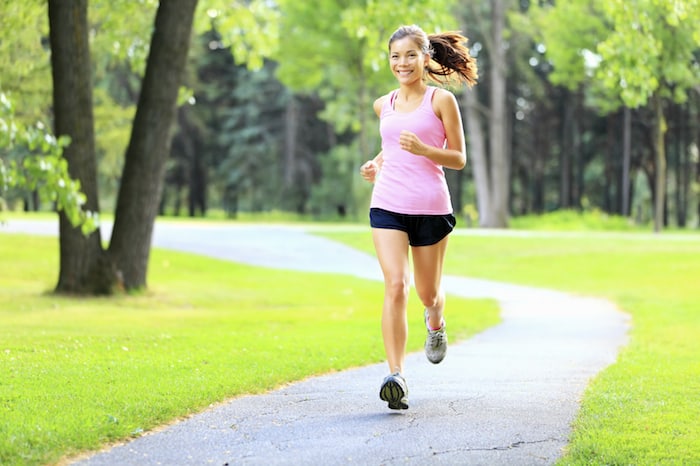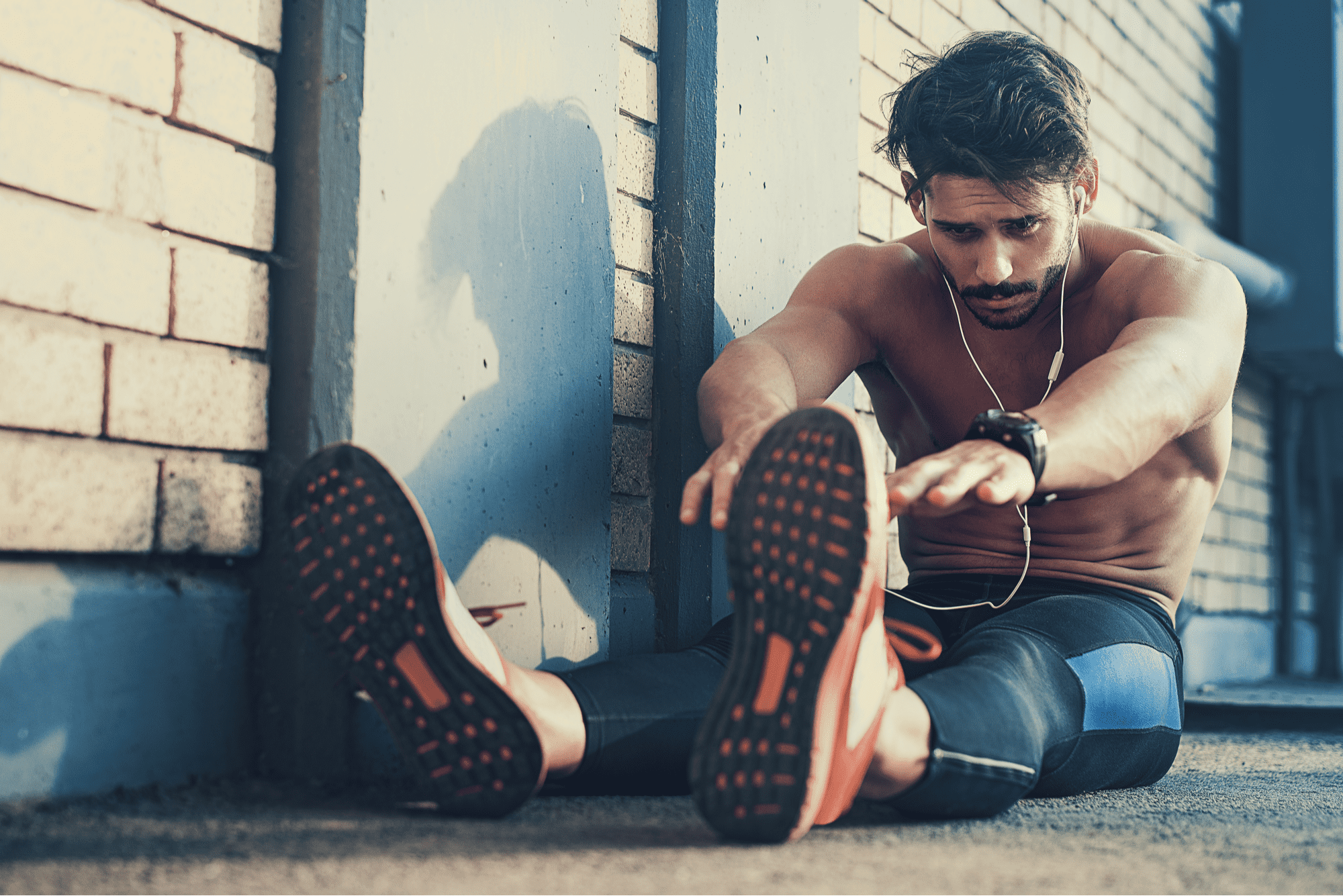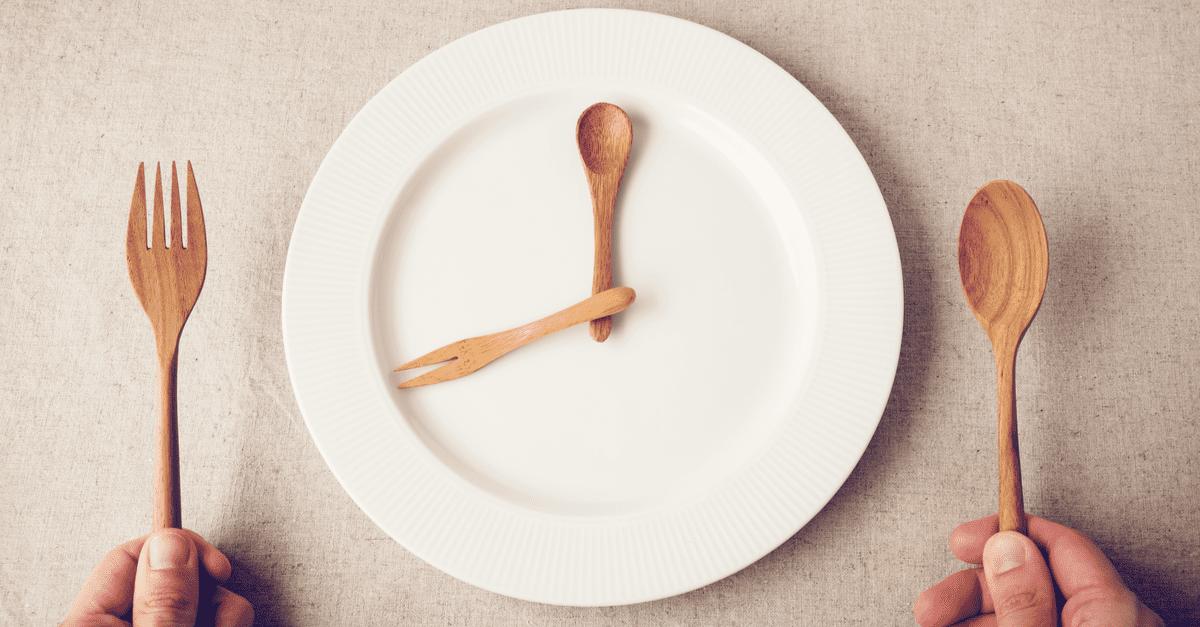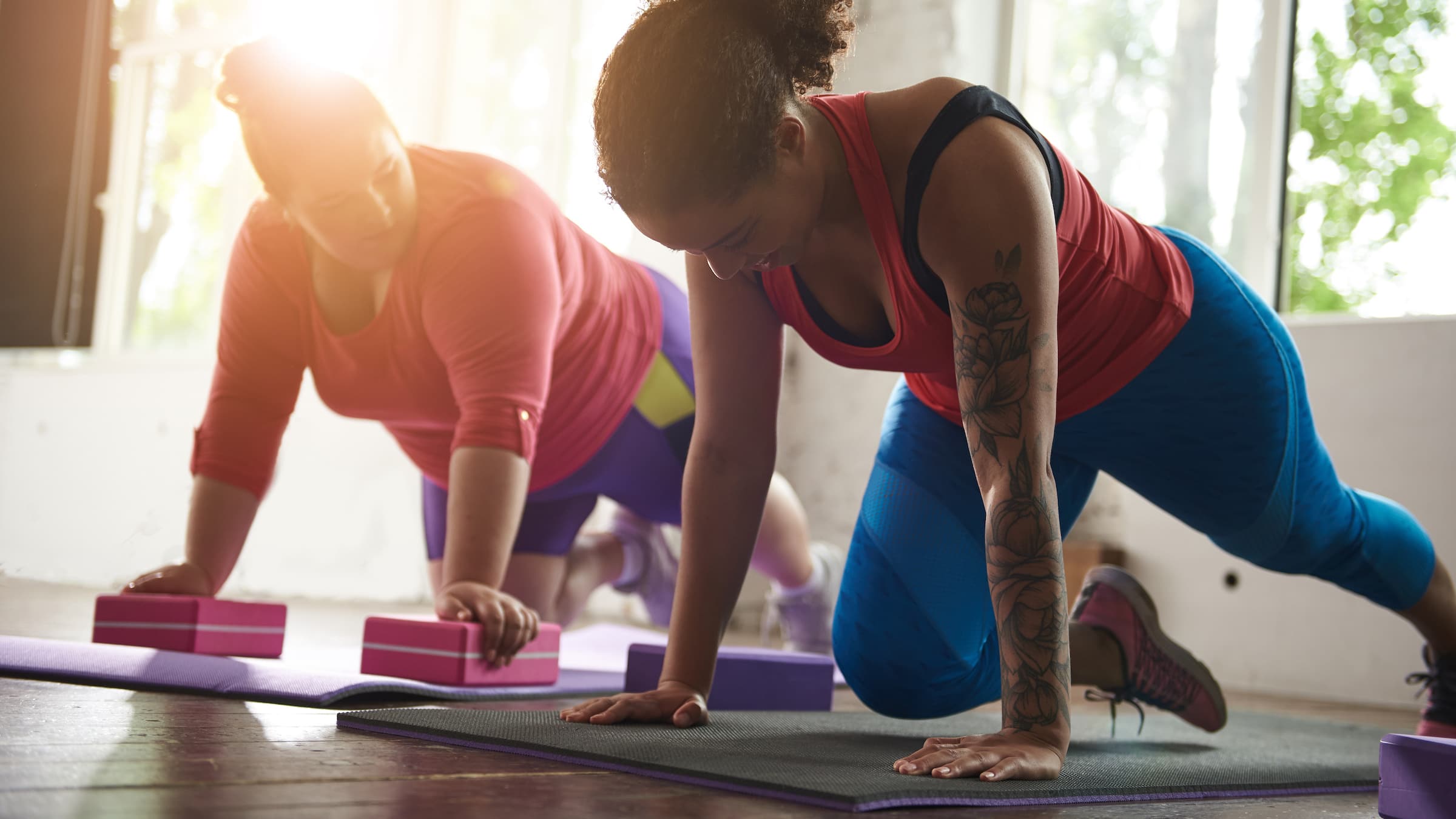Author: Jess Abercrombie
Movement is a huge part of our daily lives. Walking, reaching, lifting, bending, running, etc. Our days our filled with a variety of movements that we practice so often that we don’t even think twice about how or when we do them. While a task like bending over to pick up a pencil might seem simple, many of us have gotten into the habit of performing basic movements like this with improper function, and are putting ourselves at risk for injury!
By incorporating basic movement patterns into workouts or training, we can strengthen important muscles and retrain our natural movement patterns that can help us to move in healthier, more functional, and injury-free ways!
1. Bend & Lift
Throughout our day, we often have to bend down and pick things up. This may seem easy enough, but movements like this can cause a lot of back pain when you have been executing them incorrectly. If you ever heard someone say “lift with your knees, not with your back,” you may have already been given some key advice! Keeping your legs locked out and using your back muscles to lift when picking something up can put a lot of pressure on your lower back, which can lead to pain or injury! Bend your knees and engage your leg muscles to lift the weight, instead of your back.
By including exercises like squats, deadlifts, and any/all of their varieties into your workout, you can work on practicing the correct form for this bend and lift movement, while building strength in your legs and core. Training with just bodyweight or light dumbells/kettlebells is a safe approach when working on technique, which you can gradually increase resistance on, and eventually work with barbells as you build strength, if you so desire.
Example exercises: Squats (back, front, goblet, sumo), deadlifts (traditional, Romanian, sumo), and good mornings
Muscles worked: Quadriceps, core muscles, glutes, lower back and the hamstrings

2. Single-Leg Movements
While the previous exercise emphasize movement that requires a stable foundation with both feet in place, single-leg movements require just that: one leg to in contact with the floor at a time. The basic daily movement of walking is a prime example of this! While it may seem very easy to walk forward and backward, strengthening your core and leg muscles with a variety of single-leg and gait focused exercises can help to build strength and improve the functionality of this movement!
Example exercises: Lunges, side lunges, step ups, Bulgarian split squats, jogging, loaded carries
Muscles worked: Glutes, quads, hamstrings, core
Real results with a personalized weight loss program
Take the quiz!


3. Pushing
Moving an object or weight away from your body is included in this Push category! Throughout the day you may need to push an object out of the way, or into a specific place. You can use pushing movement to help you get up or stabilize yourself.
Finding a balance between pushing and pulling exercises in your workout routine can help to build a stronger upper body and core! Working with bodyweight, dumbbells, kettlebells and dumbells, through a variety of press-based movements can help to add a lot of variety to your training program.
Example exercises: Push-ups (regular or modified with knees on the floor), chest press, shoulder press
Muscles worked: Chest, triceps, and front shoulders

4. Pulling
Pulling exercises are the opposite of the pushing exercises. These exercises increase your strength by moving a weight or object closer to your body. Daily movements like pulling heavy objects towards you, lifting things off of a raised surface, or climbing/pulling yourself up, use this motion.
Planning workouts that have an equal number of push and pull exercises, or training them at the same intensity on different days can help you to build balance in the strength of your front and rear upper-body and core!
Example exercises: Pull-ups (regular or modified), rows, curls
Muscles worked: Mid/upper back, biceps, forearms, and rear shoulders

5. Rotation
Rotation movements are unique in comparison to the other four basic movements, because they involve a change in the plane of motion while they are being executed! From changing directions while you are walking to kicking or throwing a ball, building mobility and strength in the core can help to improve your rotational movements in everyday activities!
Incorporating core work that emphasizes a rotation, like russian twists, can help to strengthen all of your core muscles. Among the muscles, the obliques will be targeted more heavily during these exercises, and will help you to rotate in a more efficient and functional manner.
Example exercises: Russian twists, Pallof Press, wood chops
Muscles worked: Core muscles, emphasis on obliques





